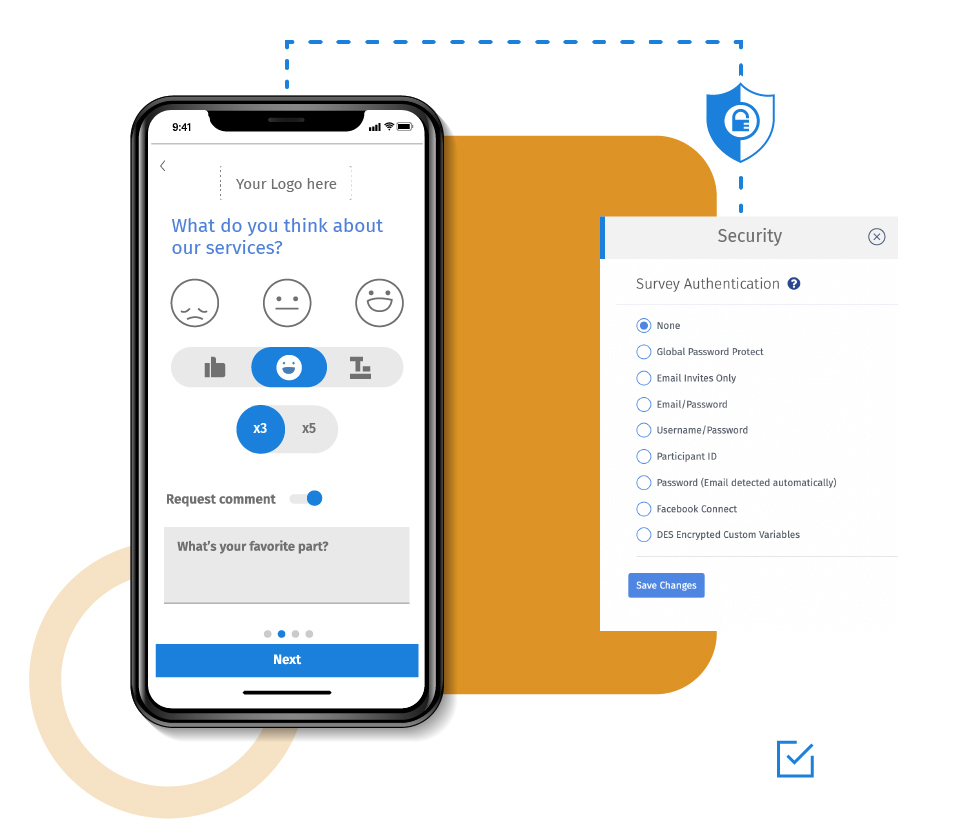There can be times when the researchers may want to pause the survey. It depends on the data to be collected and the insights to be derived.
Pausing survey turns it 'Off' so that it no longer accepts fresh responses. Participants will not be able to answer the survey while it is paused. Anyone who hasn't started the survey yet will not be able to respond. All survey links that have already been distributed, including the anonymous link, will be disabled.
Closing a survey will only restrict access to the survey. It does not affect data or reporting in any way. You can also configure to deactivate the survey automatically between chosen dates
To deactivate the survey, set the 'Survey Status' to 'Inactive'. You can choose to set the date until when the survey will remain closed. Or it will remain disabled permanently. When you want to enable it again to collect responses, switch it 'Active'. Once the survey has been disabled, respondents will see a message 'This survey has been deactivated by the owner.' This inactive survey message is customizable, and you can edit it as you like.
Example of a disabled survey
Consider a travel company that wants to know how people are planning their vacation this summer. This research is time-sensitive, and it would make sense if they distribute the survey around May or June. By then, people may have figured out their travel and holiday plans. However, conducting the same survey in January or February wouldn't make sense. Hence, in such scenarios, the survey admin can disable the survey until May and then keep it enabled until July.

If the respondents try to access an inactive survey, they will see the below message.

Uses of enabling and disabling a survey
Manage quotas: Deactivating a survey can help manage response quotas. When the research projects have a fixed budget on cost and time, researchers often set quotas to limit the responses. Quotas also help in ensuring a uniform number of responses from all segments of the target audience. Hence, once enough data has been collected, you can disable the survey.
Manage rewards: Researchers often give away rewards like gift cards or discounts to get more responses. Once you are done with that, you can switch off the survey.
Advantages of disabling a survey
Collect accurate data: This feature is helpful when you want to collect data that is time-sensitive. You may want to disable or enable a survey between the selected dates. It ensures that the data collected is accurate.
Temporarily switch off the survey: There is no need to delete the survey. Instead of deleting a survey, you can pause or disable it for a while, and when needed, enable it again.
Facilitate testing: You can disable the survey once the testing is over and activate it again when you want to distribute it to the target audience.
How to enable or disable your surveys?
Learn how to set up and use this feature with our help file on closing the survey.
Survey Software Easy to use and accessible for everyone. Design, send and analyze online surveys.
Research Suite A suite of enterprise-grade research tools for market research professionals.
Customer Experience Experiences change the world. Deliver the best with our CX management software.
Employee Experience Create the best employee experience and act on real-time data from end to end.







